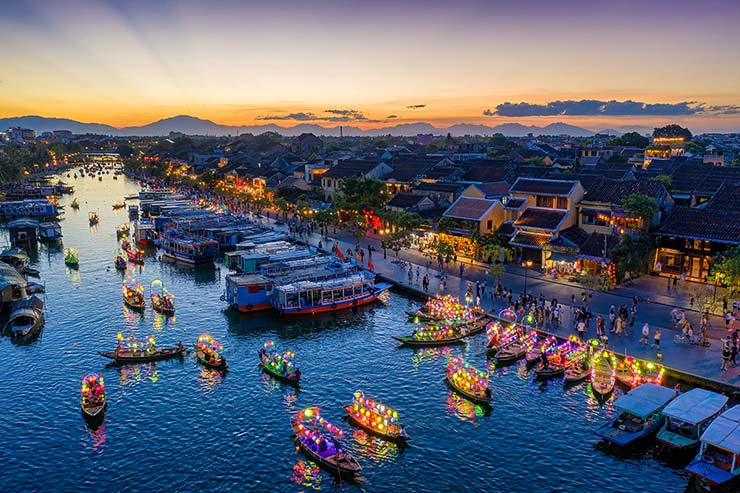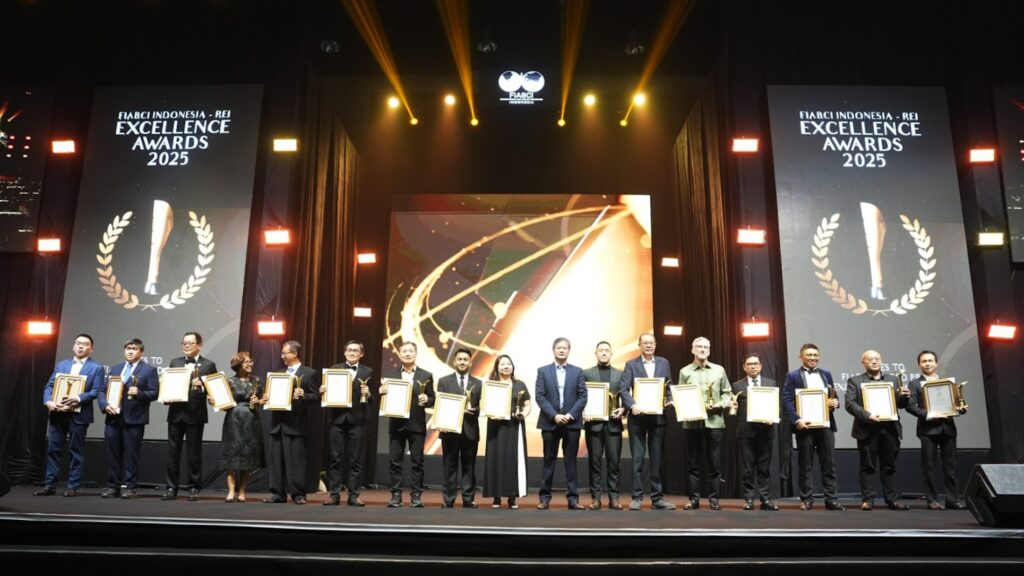In an increasingly fractured global economy, Vietnam has taken a bold turn—offering free land and even constructing facilities to attract foreign investors. The move, while lauded by some as strategic foresight, is now drawing geopolitical scrutiny and triggering competitive anxiety in the ASEAN region.
Vietnam’s ultra-generous investment policy was highlighted by Indonesia’s Deputy Minister for Investment Promotion, Nurul Ichwan, who cautioned against what he described as “extreme” incentives being granted even to multinationals with robust capital. “Even companies that can clearly afford to pay are given land for free,” he said at a public investment forum in Jakarta.
The escalation marks more than just a difference in economic policy—it reflects a growing divergence in strategic priorities between ASEAN’s rising economies, each attempting to position itself in a rapidly realigning global supply chain.
Vietnam’s incentives come amid a backdrop of intensified global reshoring, especially from China, and rising U.S.-China trade tensions. The country appears to be leveraging this moment to reposition itself as the region’s most aggressive FDI magnet, regardless of long-term fiscal risks. By removing key cost barriers for foreign players, Vietnam is making a calculated geopolitical bet: that control over supply chain infrastructure will yield more than the subsidies cost.
But not everyone is convinced. Indonesia’s investment authority sees the approach as unsustainable and politically sensitive. “Giving away land and buildings to billion-dollar corporations? That’s not the kind of race we want to win,” Nurul asserted.
Indonesia’s refusal to “sell cheap” is not just economic—it’s ideological. With vast natural resources and strategic geopolitical positioning, Indonesia believes it holds intrinsic leverage that does not require aggressive subsidization. “Our natural wealth is already an incentive. Countries with no resources have to compensate with cash,” Nurul stated bluntly.
Behind the policy debate lies a deeper contest: Who will lead the economic future of Southeast Asia? As Vietnam ramps up its offerings, it’s effectively setting new expectations for investor treatment in the region. This puts pressure on neighbors like Malaysia, Thailand, and Indonesia to respond—or risk losing their competitive edge.
However, Indonesia is betting on long-term structural reforms, industrial downstreaming, and policy consistency instead of short-term seduction. “We will not sacrifice sovereignty for speed,” one senior official said off the record, referencing concerns that ultra-liberal incentives could lead to regulatory capture and imbalanced partnerships.
As global capital becomes more mobile yet more cautious, the battle lines in Southeast Asia are being redrawn—not just with tariffs and tax breaks, but with national philosophies about value, independence, and control.
Vietnam may be winning the immediate headlines. But whether it can sustain its aggressive play without compromising domestic priorities remains an open question. Indonesia, meanwhile, is positioning itself not as the cheapest option, but as the most grounded.






